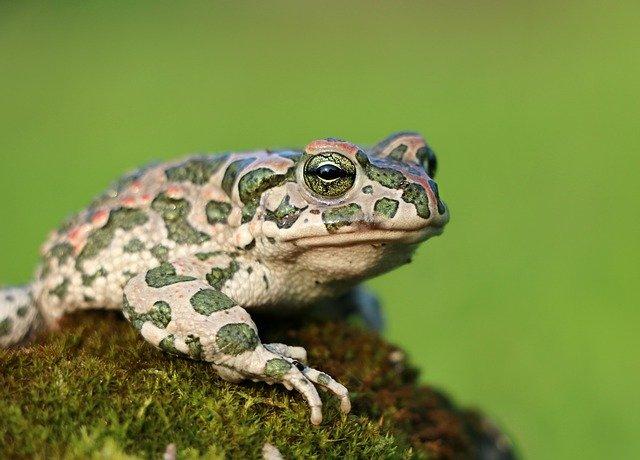Frogs are strange creatures, especially when it comes to their teeth. Some frogs have teeth so small that you can barely see them, other frogs have no teeth at all. A few researchers describe exactly how this works in a study that maps the dental history of frogs.
This is the first study describing the complete dental history of frogs. That had never been possible before because studying tiny teeth is a labour of love. “If you open a frog’s mouth, chances are you won’t see the teeth,” said lead researcher Daniel Paluh (University of Florida).
In an effort to analyze them accurately, preserved specimens were all too often damaged in the past. “The teeth are usually only a millimetre in size, or even smaller than the tip of a pencil.” In addition, frogs are very diverse, which makes the extensive analysis of their teeth quite a difficult task.
20,000 CT scans and 3D models
The researchers took a smarter approach this time, using CT scans – no fewer than 20,000 pieces – and 3D models of the vertebrates. In this way, they were able to visualize the changes in frogs’ teeth more clearly than ever before.
What seems? Frogs have lost their teeth more than twenty times throughout history. Some species then developed teeth again, others never got them back. And that is not so strange: animals do not need teeth at all to eat small invertebrates such as insects.
“Teeth for catching and holding prey is less important in this case, as the frogs eat very small invertebrates,” explains Paluh. “And these little creatures can just bring them to their mouths with their highly adapted tongues. As a result, they no longer need their teeth.”
